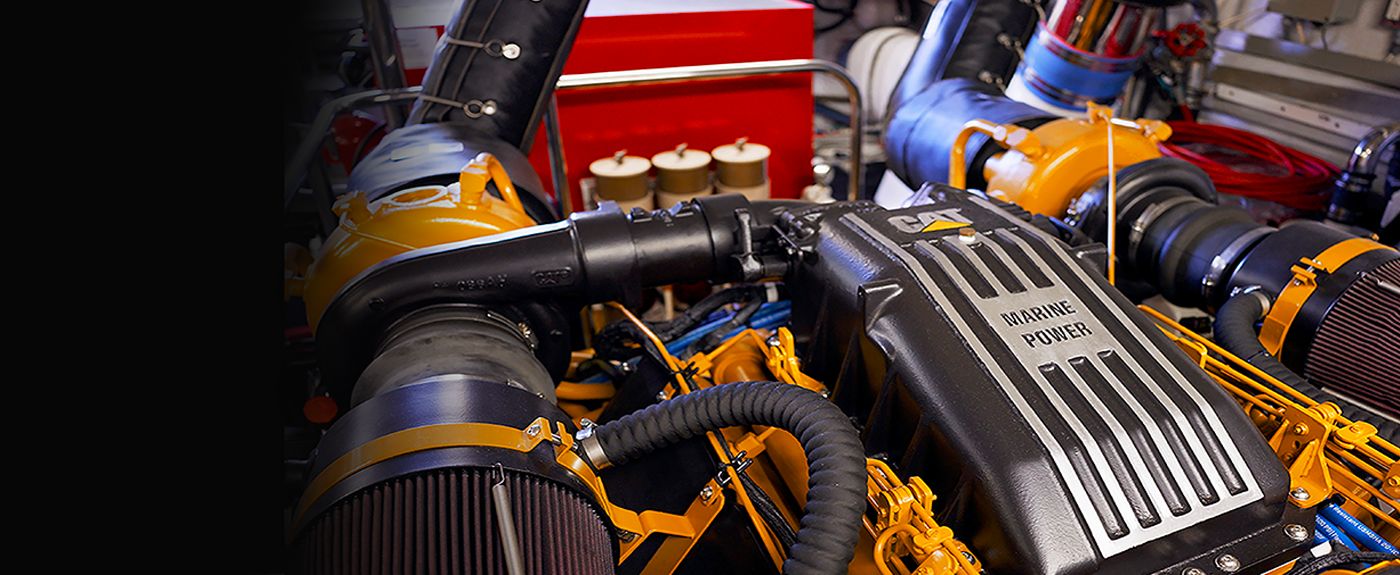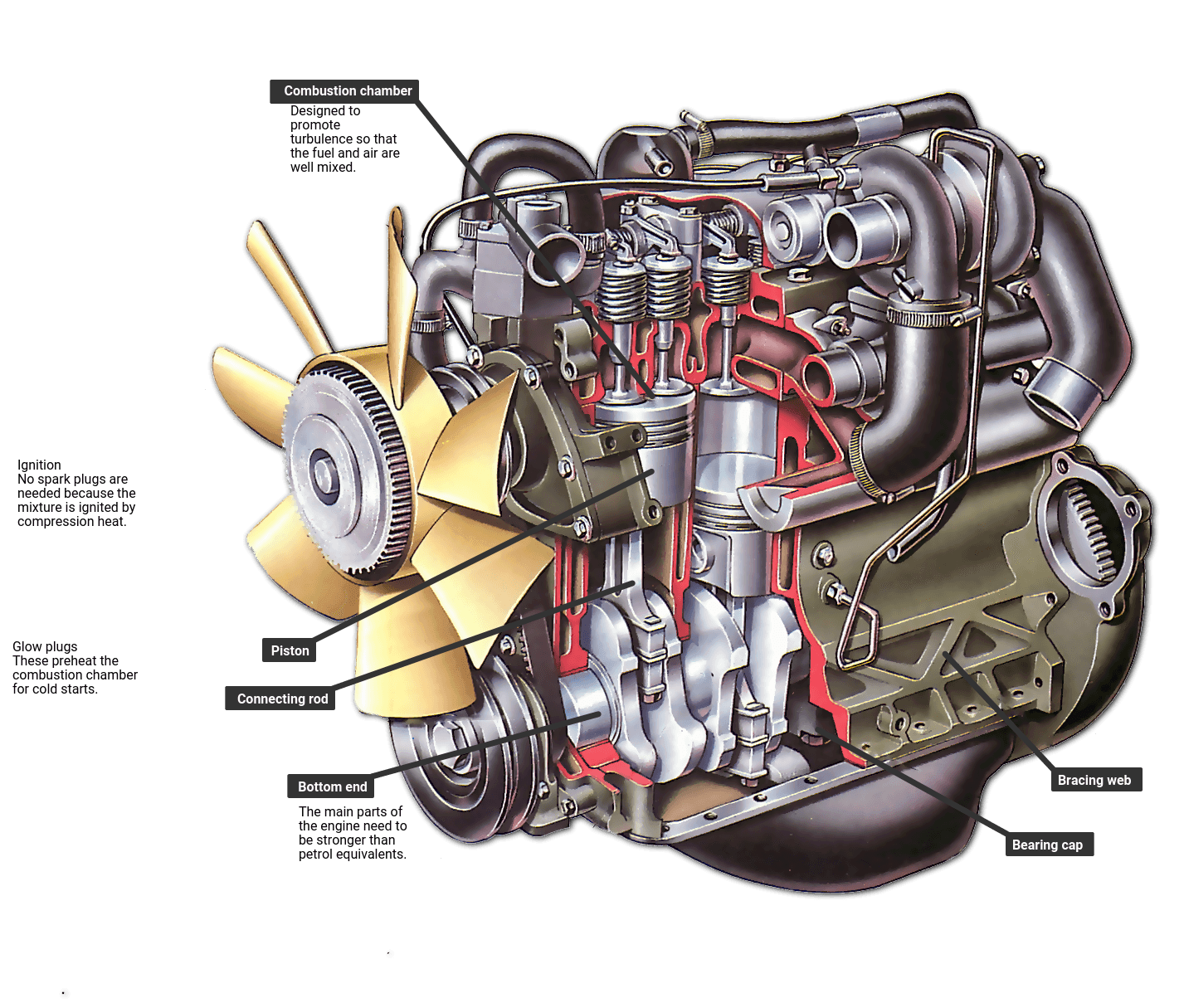Your Go-To Auto Parts Shop for Engines for Africa and Extra
Your Go-To Auto Parts Shop for Engines for Africa and Extra
Blog Article
The Pursuit for Ultimate Driving Power: Exploring the Peak of Engine Efficiency and Technological Innovations in the Automotive Market
In the world of auto engineering, the search of optimum driving power has been a relentless mission that has unravelled via the development of engine style and the assimilation of cutting-edge innovations. From the precise craftsmanship of burning engines to the quick innovations in electric propulsion systems, the automobile industry stands at the cusp of a new age identified by unmatched efficiency abilities. As researchers and designers dive much deeper right into the worlds of computational liquid dynamics and explore ingenious fuel modern technologies, the horizon of opportunities broadens greatly. Stay tuned as we decipher the intricate tapestry of technological developments that are forming the future of auto power and performance.
Evolution of Engine Layout

Additionally, the assimilation of turbocharging and turbo charging innovations has actually revolutionized engine style by increasing power without significantly boosting engine dimension. These forced induction systems press the intake air, enabling even more gas to be combusted, consequently creating greater power output from a smaller sized engine. This advancement has been especially important in boosting the performance of smaller variation engines while keeping gas performance standards.

Performance-Enhancing Fuel Technologies
The execution of sophisticated fuel modern technologies has significantly contributed to enhancing engine efficiency in modern automobiles. Biofuels, acquired from renewable resources like sugarcane, algae, or corn, deal minimized exhausts and enhanced engine effectiveness. In addition, fuel additives and detergents are being developed to tidy engine components, maximize combustion, and minimize rubbing, therefore improving total vehicle performance.
Innovations in Electric Propulsion
Substantial strides in electric propulsion technology have actually revolutionized the automobile industry, leading the way for a new era of reliable and lasting transport. Electric lorries (EVs) are gaining popularity due to their environmental benefits and improvements in battery modern technology, making it possible for longer driving arrays and much shorter billing times. Suppliers are investing heavily in research and development to enhance the performance of electrical propulsion systems, focusing on increasing power output, improving power performance, and reducing overall weight.
One remarkable breakthrough in electrical propulsion is the development of innovative electric motors that provide higher torque and power thickness, leading to boosted velocity and total driving efficiency. Furthermore, regenerative stopping systems have actually been fine-tuned to catch and save energy throughout deceleration, additional increasing the performance of look at these guys EVs.
Moreover, the assimilation of clever innovations, such as expert system and anticipating analytics, is enhancing the monitoring of electric propulsion systems, making sure ideal performance under different driving problems. These advancements in electrical propulsion are reshaping the vehicle landscape, driving the sector in the direction of an extra sustainable and electrified future.
Impact of Computational Liquid Dynamics
With innovations in electrical propulsion pushing the limits of automotive innovation, the assimilation of Computational Liquid Characteristics is playing a critical role in enhancing aerodynamic efficiency and enhancing general performance in lorry style. Computational Fluid Characteristics (CFD) entails making use of computer system simulations to assess the flow of air around a lorry, enabling engineers to anticipate how style changes will certainly impact aerodynamics without the requirement for costly physical prototypes. By properly modeling airflow patterns, CFD permits for the refinement of automobile shapes to reduce drag, enhance cooling, and improve security.
CFD makes it possible for designers to enhance air flow around components such as radiators, engine bays, and wheel wells, contributing to boosted performance and general driving experience. In verdict, the combination of Computational Liquid Characteristics represents a considerable step onward in the pursuit for utmost driving power and performance in the auto sector.
Future Fads in Engine Innovation
In the dynamic landscape of automobile design, sophisticated innovations are forming the future trajectory of engine development. The future of engine design is marked by a strong focus on efficiency, efficiency, and sustainability. Producers are progressively concentrating read here on developing engines that not just provide high power results yet likewise prioritize ecological duty by minimizing discharges and enhancing gas effectiveness.
One prominent wikipedia reference fad in engine technology is the increase of electrification. Crossbreed and electrical powertrains are acquiring traction as sensible alternatives to standard combustion engines. These innovations provide the capacity for significant decreases in carbon discharges and increased energy effectiveness, straightening with international efforts to deal with environment adjustment.
Furthermore, innovations in products science and production techniques are allowing the manufacturing of lighter and a lot more sturdy engine components. This shift in the direction of light-weight products such as carbon fiber and light weight aluminum alloys adds to boosted efficiency and fuel economic situation.
Verdict
In conclusion, the pursuit of ultimate driving power in the automotive sector remains to drive developments in engine style, fuel innovations, electric propulsion, and computational fluid dynamics. The advancement of these technologies is shaping the future of engine innovation, paving the way for more efficient and powerful vehicles (engines for africa). As the sector remains to press the limits of what is possible, we can expect to see much more groundbreaking developments in the pursuit for peak efficiency
One of the essential turning points in engine layout advancement is the shift from conventional carbureted engines to modern fuel-injected systems. By specifically metering the fuel distribution to each cylinder, fuel-injected engines optimize combustion, resulting in better efficiency and minimized environmental influence.
Moreover, the assimilation of turbocharging and turbo charging technologies has actually reinvented engine design by enhancing power without significantly raising engine size (engines for africa).The execution of sophisticated fuel modern technologies has significantly added to improving engine performance in modern-day cars. In addition, fuel ingredients and detergents are being created to clean engine parts, optimize burning, and reduce rubbing, consequently enhancing general automobile performance
Report this page